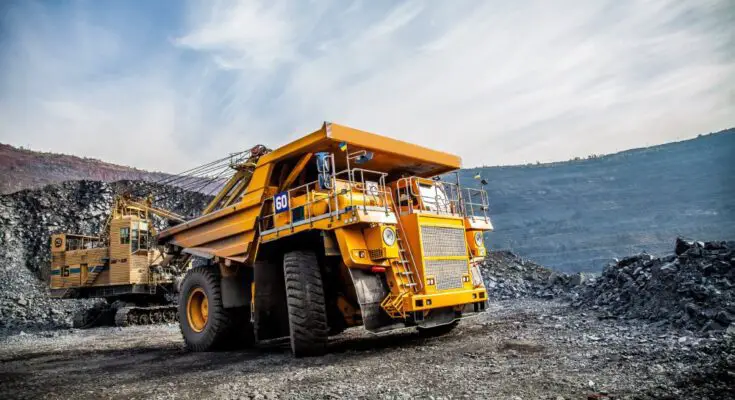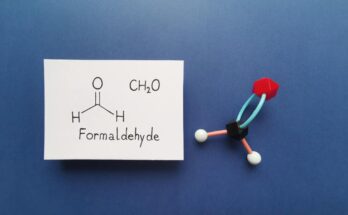Improving worker conditions isn’t just about ticking off legal boxes—it’s about building a safe, productive environment where employees feel valued, respected, and empowered to do their best work. Prioritizing your team’s health, safety, and well-being creates a stronger, more motivated workforce that helps drive long-term success. It’s important that you do what you can to improve worker conditions at your mining operation, making it a safer and more efficient operation for everyone.
Provide Thorough Training Programs
Equip your workers with comprehensive training programs that go beyond the basics. This training should thoroughly prepare them for the demands of their specific roles. Cover important topics such as safety protocols, proper equipment usage, identifying hazards, and responding effectively to emergencies.
Hands-on training sessions and ongoing refresher courses can keep safety knowledge fresh and relevant. A properly trained team is better equipped to work confidently, efficiently, and safely in a high-risk environment like mining.
Use the Right Equipment
The tools and machinery your team uses can make or break both safety and efficiency. Outdated or unsuitable equipment increases the risk of accidents and hampers productivity. Invest in modern, high-quality machinery and tools specifically designed for mining tasks.
For example, while there are pros and cons to heavy equipment PowerShift transmissions, one thing that is undeniable is these transmissions lower worker fatigue. With the right equipment, operators can do their jobs more safely and easily, dramatically improving productivity.
Foster Open Communication
A culture of open communication is critical in creating a safe and collaborative work environment. Encourage workers to report hazards, share suggestions for improvement, or voice concerns without fear of retaliation or judgment.
A transparent reporting system—whether it’s a suggestion box, regular meetings, or anonymous reporting channels—makes identifying and addressing potential issues faster and more effective. Trust increases, and safety improves when employees feel heard and know their employers take their concerns seriously. Open communication also fosters a sense of teamwork and collaboration that benefits the entire operation.
Minimize Dust and Hazardous Substances
Dust and hazardous substances, such as crystalline silica or chemical fumes, are common in mining environments and can pose serious health risks over time. Install high-quality ventilation systems that effectively reduce airborne contaminants to protect your workers.
Provide personal protective equipment (PPE), such as masks, respirators, and protective clothing, and ensure workers know how to use them properly. Adopt industry best practices to minimize exposure to harmful substances, such as wetting down dusty areas and using enclosed equipment when possible. By addressing these risks, you create a healthier environment that reduces long-term health impacts.
Improving worker conditions at your mining operation isn’t just an investment in your employees—it’s an investment in the success of your mining operation. Workers are more engaged, motivated, and committed to their roles when they feel valued and supported.



